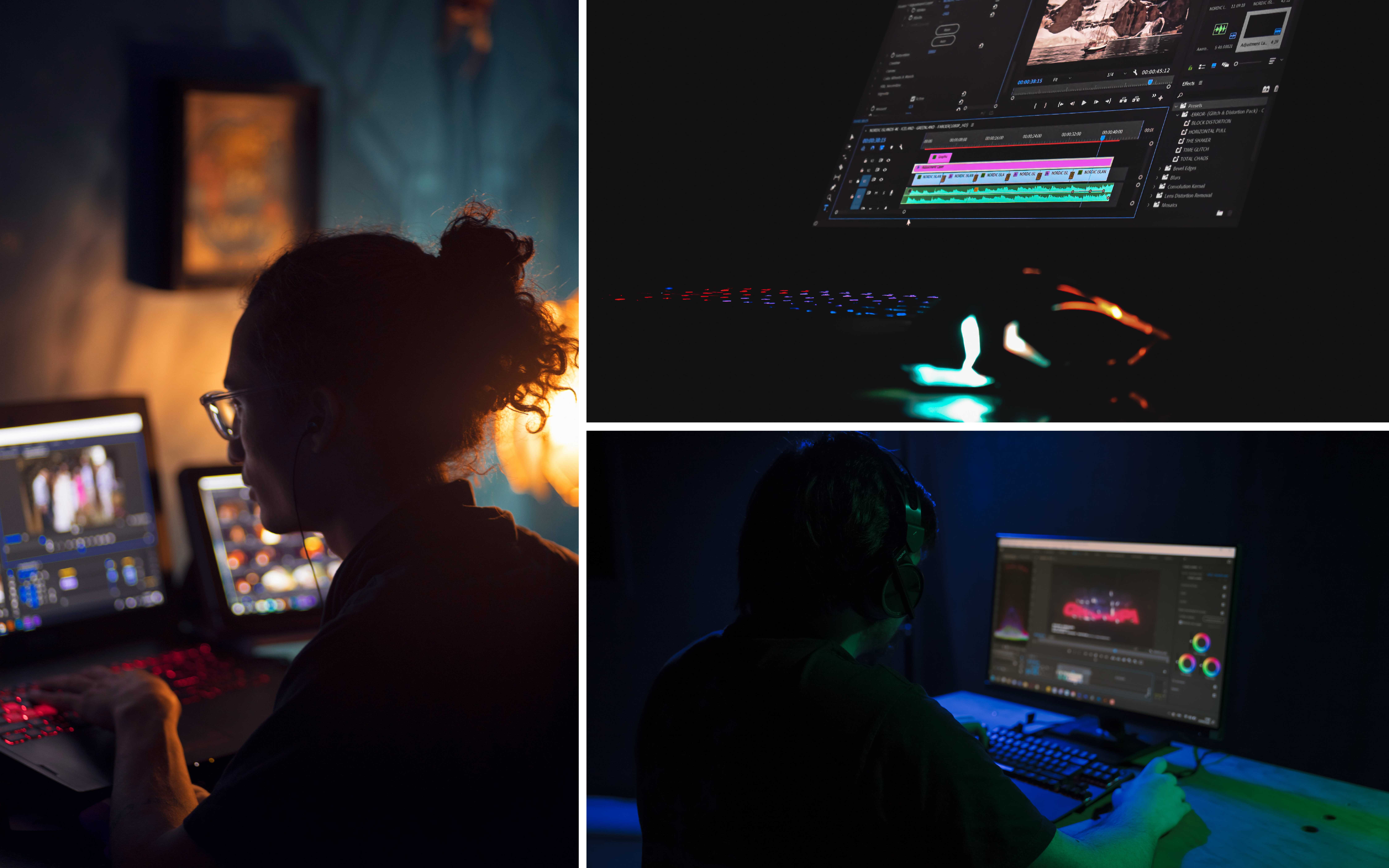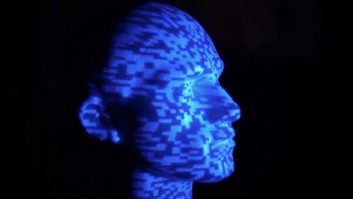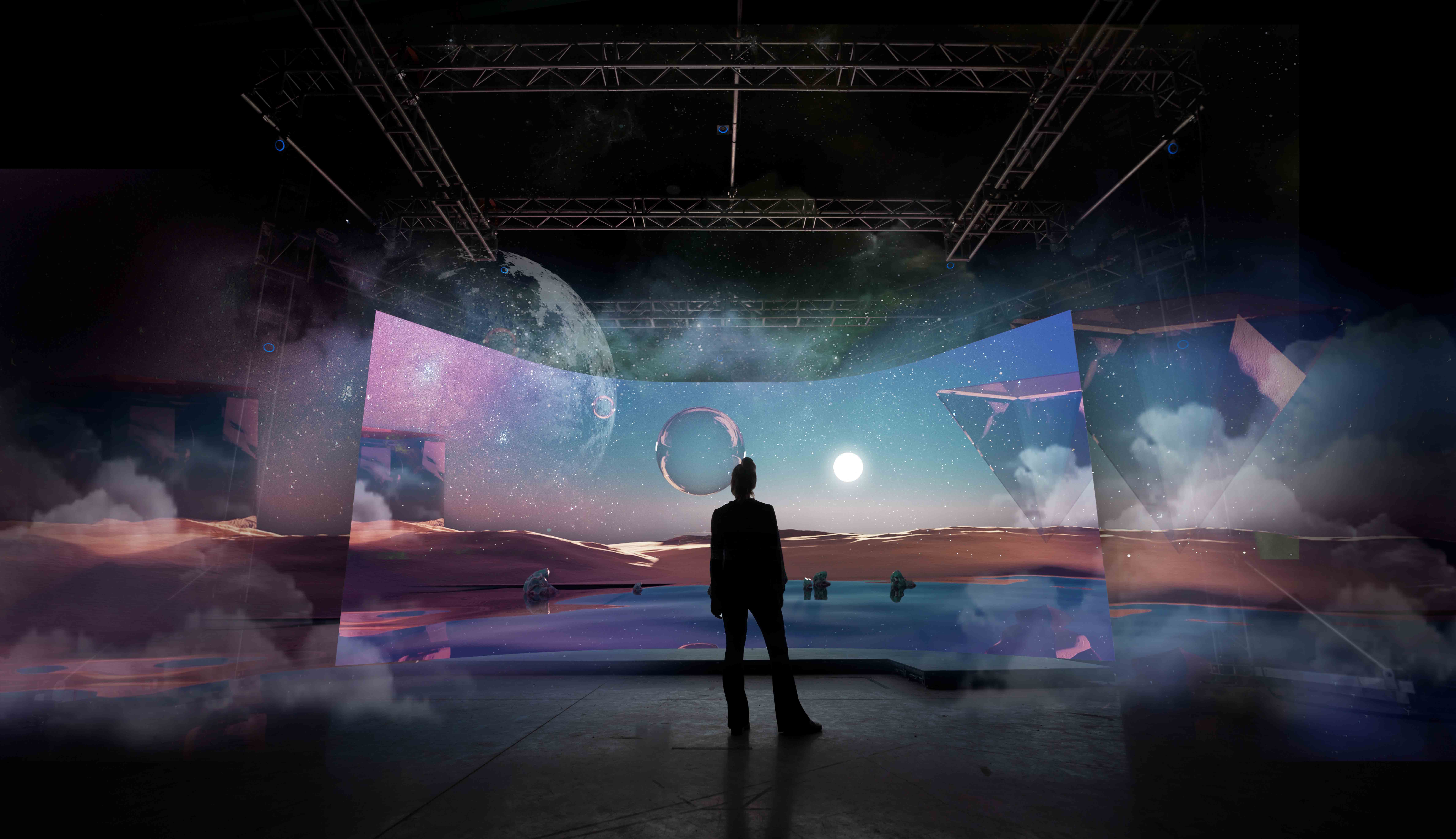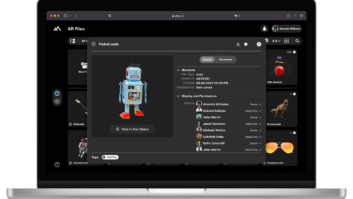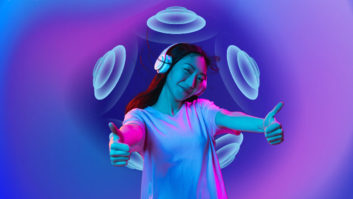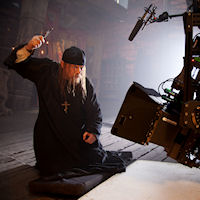
Stereotec CEO and stereographer Florian Maier is calling for 3D films which pass a certain technical quality to be given a label of recommendation.
He believes the 3D industry and consumers would benefit from understanding which films had been recommended for technically ‘good 3D’ and is discussing the issue with key individuals, distributors and organisations such as the International 3D Society.
“There is not only good 3D out there that of course somebody who pays U$3-4 extra for a 3D movie at the cinema would be disappointed,” said Maier.
“An example for obtaining the recommendation label would be to run movies through a stereo analyser to provide a QC report which would reveal whether the film has reached a certain threshold in terms of minimising vertical mismatches and focal offsets, the quality of conversion and other technical parameters that can cause uncomfortable viewing,” he said. “The equipment is already out there and we are not the only ones proposing that.”
“A lot of the time production companies simply don’t know what makes for technically good 3D or bad 3D.”
He also suggests that cinemas with 3D projection systems should have a similar quality mark where the luminosity of the projectors is at its optimum.
“You need to certify the cinemas,” he asserts. “In many cases they run their lightbulbs in economy mode to save money and when a 3D projection system is already shutting out 70-80% of light this is an issue. There is the need of establishing something similar to a THX certificate.”
“On the editorial side the quality of the stereography shouldn’t be too flat nor too exaggerated but it should be used to help take you into the story, to understand the characters, to make you feel like you are in the scene,” he says.
By way of example he describes the stereography on Russian action adventure Viy: Vozvrashchenie (Viy: The Return) which Maier stereo supervised (see the trailer here – http://www.youtube.com/watch?v=Gno8XsmEEEQ).
The tale of an 18th century cartographer (Jason Flemyng) who undertakes a scientific voyage through Transylvania is directed by Oleg Stepchenko, with DoP Yaroslaw Pilunsky and stereographer Michael Laakmann; and was shot on location in the Czech Republic and at studios in Prague.
“Broadly the DP and director were using wider angled Primes compared to 2D and lingering longer on takes,” he says. “A lot of time people ask if, when we shoot in 3D this way the same film would look boring in 2D, but this is not the case. For example, Harry Potter and the Prisoner of Azkaban – shot in 2D and never meant to be a 3D movie – is the best proof that this shooting style works, as it has many elements that you would use in 3D, like wider lenses and a lot of long tracking shots.”
Viy was lensed on a pair of Alexas mounted on a fully motorised Mid-Size Stereotec rig using a video assist system for on-set stereo monitoring, logging and playback.
“We shot in parallel with Horizontal Image Translation (HIT) applied on set,” explained Maier.
HIT is an electronic process for shifting the left-eye and right-eye images horizontally as a way to converge after capture without having keystone distortion.
“We are able to bake the HIT as metadata into proxy versions of the rushes which then makes it really easy and quick to apply convergence during post production,” he said.
Maier’s previous project was Paramount Pictures’ Hansel & Gretel: Witch Hunters, which is due for release in January 2013. Stereotec’s stereographic expertise and two of its Mid Size rigs were used.
“It is possible to have good technical and artistic stereography and a well told 3D story – and still keep it cost effective in terms of schedule,” Maier said.
Stereotec is to launch a complete automated workflow for stereo 3D acquisition which will receive its first outing at NAB in April. This will include the support of software for auto-calibration of lenses and fully motororised lightweight and steadicam rigs which Maier said “will revolutionize 3D movie making for feature and broadcast due to an extreme fast workflow”. The new systems are optimised for Red Epic and Alexa M cameras as well as broadcast cameras like the Sony P1.
The images are of Viy: The Return / Ankor Film / Russian Film Group © André Pfennig.

